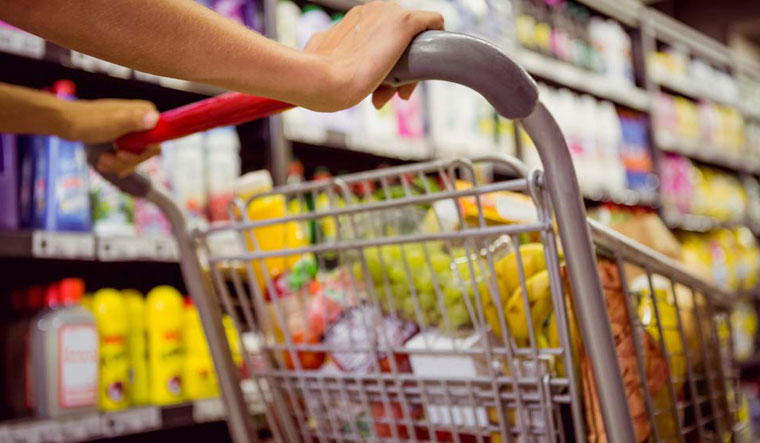Over the last few quarters fast moving consumer goods (FMCG) companies have seen rural demand slow as high inflation pinches the pocket. This has hurt companies’ volume growth (number of units sold) and there seems to be no respite anytime soon.
In the current financial year ending March 2023, FMCG companies are likely to see a 7-9 per cent growth in revenue, according to a study by credit ratings agency CRISIL. However, much of this revenue growth will be driven by value or pricing. Volume growth is likely to be just around 1-2 per cent. The findings are based on a study of 76 FMCG companies accounting for 35 per cent of the Rs 4.7 lakh crore annual revenue of the sector.
“Volume growth for the sector will remain subdued owing to sluggish rural demand (40 per cent of overall FMCG demand) with inflation led price hikes of 7-8 per cent over the past 12 months,” said Anuj Sethi, senior director of CRISIL Ratings.
In the July-September quarter, Hindustan Unilever, the largest FMCG firm in the country, had reported a 16 per cent revenue growth, but volumes were up only 4 per cent. Homegrown Godrej Consumer Products had in fact seen volumes decline 5 per cent in the September quarter, even as domestic sales had grown 8 per cent.
As high prices bite, consumers in both rural and urban markets are shifting to smaller pack sizes, which is further weighing on the volume growth of companies, added Sethi.
Urban demand is however less impacted due to inflationary pressures and is expected to grow faster than rural demand, on the back of rising sales through direct-to-consumer and e-commerce channels, he noted.
The rural demand should recover gradually, aided by higher minimum support prices for crops and a good harvest. Increased spending on rural infrastructure, which will boost rural income levels will also aid in demand recovery over time, the CRISIL report said.
This year, FMCG companies have been impacted by a sharp rise in raw material and commodity prices, forcing them to raise prices in the last few quarters. Despite this, operating margins are seen moderating to 18-19 per cent, this year.
Softening prices of some raw materials, like edible oil and sugar, will support profitability levels in the second half of the current fiscal, says CRISIL. As input costs cool further and volumes gradually pickup, margins should also improve next financial year to the pre-pandemic levels of around 20 per cent, it added.
What is also being seen is that revenue growth is varying across segments as well, as consumer prioritize spends.
“The food and beverages segment, which constitutes around half of the sector’s revenue, will grow 8-10 per cent this fiscal, given their essential nature, and lower penetration in organised retail, compared to other segments. On the other hand, consumption of personal care and home care segments, which account for the balance half of the sector’s revenues, will grow 6-8 per cent, with consumers being discrete and also resorting to downtrading, owing to higher prices,” said Aditya Jhaver, Director, CRISIL Ratings.




